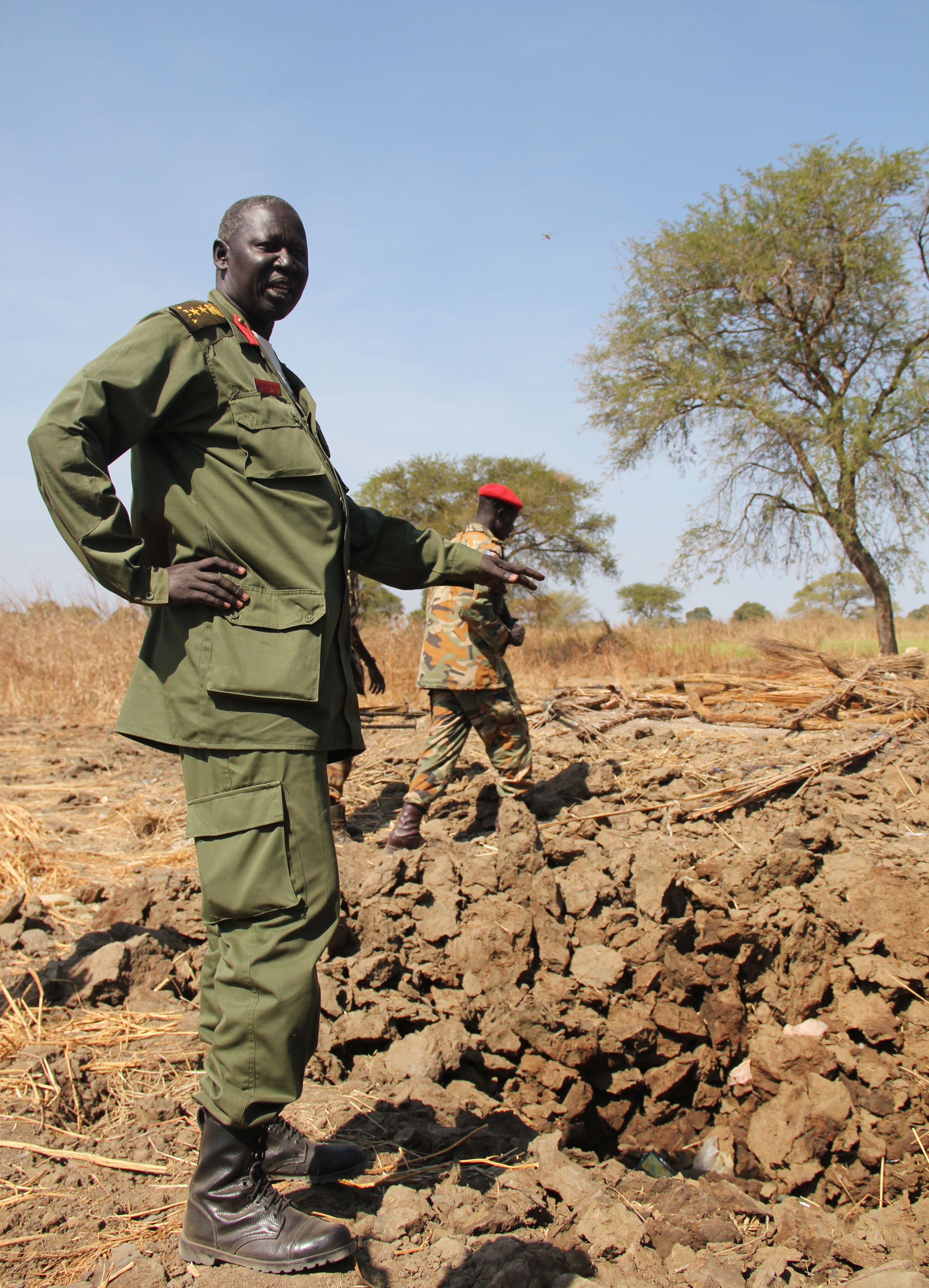KIIR ADEM, Sudan—The heavily militarized border town of Kiir Adem sits on the southern side of one of the few crossings of a river that is the lifeblood of diverse communities on either side. The river—called the Kiir by southerners and the Bahr el Arab by northerners—is the de facto border between north and south Sudan, two regions poised to become separate states next year. Unlike in the restive Abyei region, recent cross-border relations between the Malwal Dinka of Northern Bahr el Ghazal state and the pastoralist Misseriya and Rizeigat that seasonally move south from South Darfur state have been largely peaceful.
Southern political and military officials are now saying that a series of aerial raids by the northern Sudanese military last month in Kiir Adem show that Khartoum is seeking to destabilize the resource-rich south mere weeks before polling begins for its independence referendum. Whether or not the recent border bombings are a bellwether of events to come, it is worth taking a look at what happened in this little-known border area where Southern Sudan meets Darfur.
Last month, Antonovs and Chinese-made MiGs from the Sudanese Armed Forces flew over Kiir Adem and dropped bombs on two separate occasions, hitting the town on November 12 and 24, wounding southern 7 soldiers and 5 civilians on the first assault and 3 or 4 soldiers in the second one, according to officials from the Sudan People’s Liberation Army. The SPLA—a former guerilla movement turned army whose political wing signed a 2005 peace deal with the Khartoum regime—occupies the southern side of the river, which is some 14 miles north of the line drawn on maps in 1956 when Sudan gained independence from Britain.
I traveled to Kiir Adem last weekend with a SPLA escort, which was required given that the United Nations has named all of the disputed border areas in Sudan as “Level 4” situations, meaning that U.N. mission staff cannot travel without armed “force protection” provided by the peacekeepers (aid groups are advised to avoid visiting the area as well). The damage caused by the SAF’s aerial bombardments was evident from the impact of the bombs in the forms of craters and destroyed huts.
However, I walked away from the visit with more questions than answers about what these bombings mean for the immediate future of Sudan and how they might foretell future relations between the National Congress Party in Khartoum and the Sudan People’s Liberation Movement in Juba, particularly if the south succeeds in its bid for independence in January. One thing is for sure: Abyei is not the only hotspot to watch in the coming months. Any military moves by either Khartoum or Juba will most likely be made at various contested points along the 1,300-mile border, where the ability to independently verify attacks by either side is limited, leaving ample room for rumors and accusations that could negatively impact high-level political negotiations over the future of Africa’s largest country.
